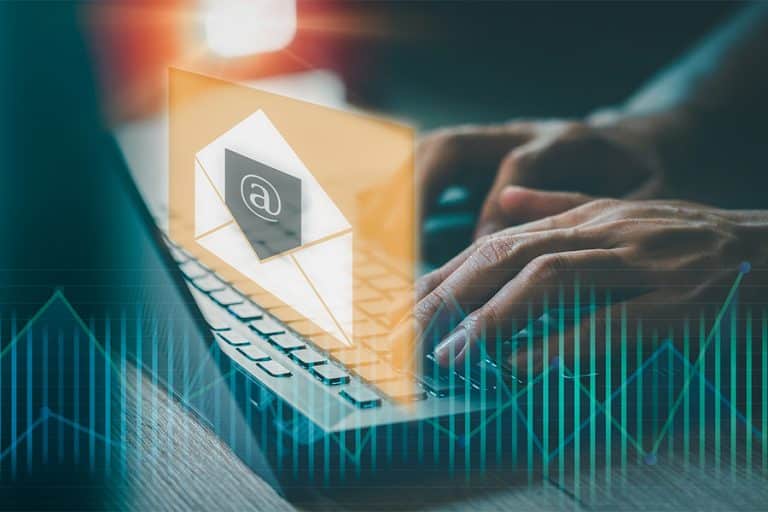This article is written by Becki Francis, Director of Client Strategy, Retail at Movable Ink (Sponsor of the 2024 Email Marketing Automation Summit).
Drive Footfall with Location-Based Personalization
While many think of email solely for e-commerce, retailers can capitalize on location data to drive customers into nearby boutiques and stores. Dutch jewelry brand My Jewellery does this effectively by using live map integrations to showcase the closest boutique locations to each email recipient based on their preferred postal code . This personalized local experience makes it seamless for customers to easily visit a physical store after being inspired by an email campaign.
In the example below, you can see how during peak season, My Jewellery wanted to drive foot traffic to their boutiques. To support this goal, they created a store locator that not only displays the information about recipients’ preferred store in their local city but also incorporates a personalized QR Code. The QR code is tailored to each recipient and offers a 10% discount that can only be redeemed within their boutiques. This innovative approach helps drive engagement but also incentivises customers to visit and make purchases in-store during peak season.

Another way to drive offline engagement is through live polling integrated into email. My Jewellery uses this interactive experience to not only collect voice-of-customer data, but also to segment audiences for triggered location-based messages. For example, if a customer indicates they will be shopping for a necklace in an urban city center through a poll, they can trigger a personalized follow-up email displaying boutiques in that area. My Jewellery is an example of a brand that uses polling systematically and creatively to ensure that they capture zero-party data and personalize their campaigns as much as possible.
For mother’s day, they wanted to fully embody the concept of ‘a gift guide for every kind of mother figure in your life’. In order to gather information of what customers’ preferred mother’s day jewelry was (from minimalist to statement pieces), they launched a live poll.
Once they gathered enough responses, they used progressive polling in order to personalize products based on the customers’ preferred style – be it to gift their mother, a friend who recently became a mom, or any other type of mother figure.
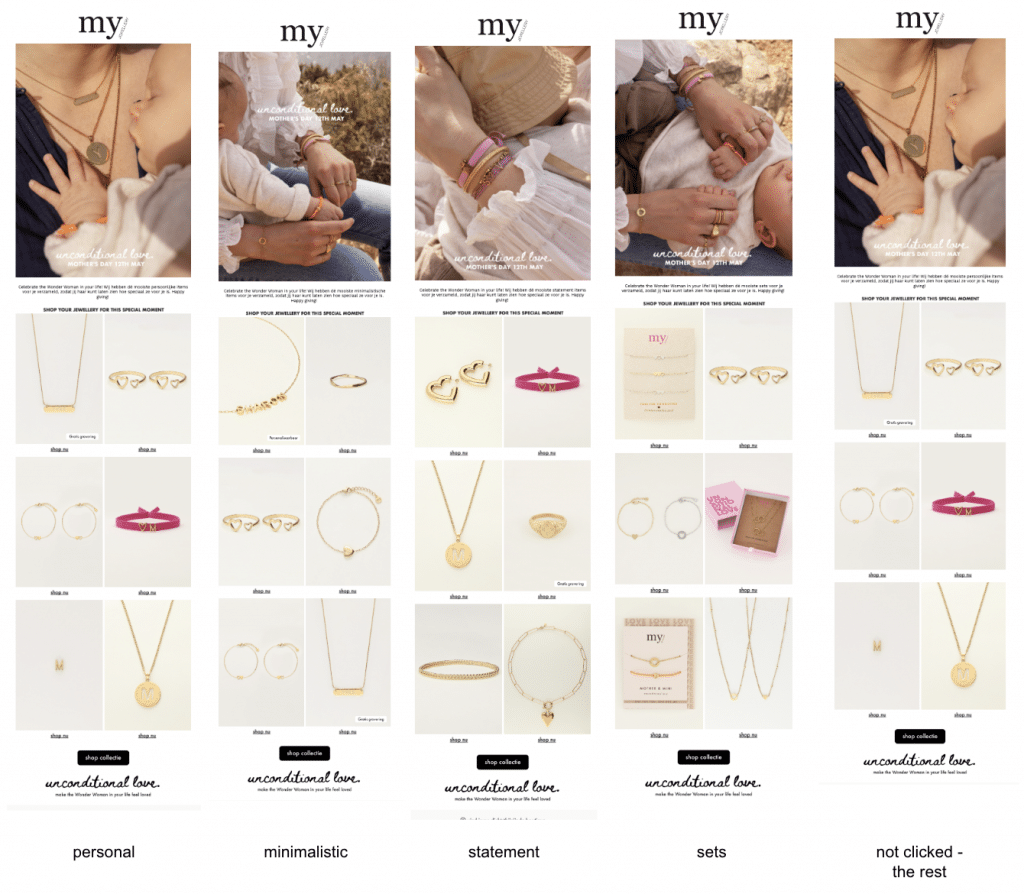
Although this may seem like a heavy lift for marketers, by leveraging the right technology to automate the process, brands can actually reduce production time significantly. By personalizing just one element of the team’s emails, production time went down dramatically — by as much as 300%.
Sustain Online Engagement with Behavioural Personalisation
While driving foot traffic is a crucial revenue stream, maintaining digital engagement is also essential for direct-to-consumer (DTC) retailers. Fossil is a best-in-class example of a brand that has found success engaging online audiences through the use of behavioral personalisation.
Using a series of customer behavioral cues and pre-defined “Waterfall logic,” Fossil is able to customize their newsletter campaigns to each customer’s needs at the moment of engagement.
Below is an example of how Fossil Outlet, one of the diverse array of brands produced by Fossil Group, leveraged a ‘Key Message Module’ that incorporated waterfall logic.

This module effectively displayed abandoned cart and recently browsed items, as well as the customer’s most recently visited categories if the previous two data points were unavailable.
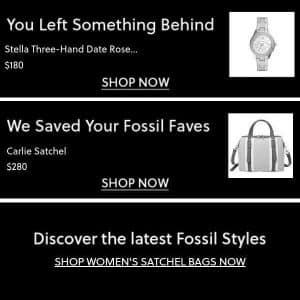
Each banner within the campaign directed customers to their respective shopping carts, product pages, or category pages, motivating them to make a purchase.
This tactic, coupling Abandoned Cart and Browse Banners generated a 27% lift in conversions for the brand.
Retailers can enhance this approach even further by layering in additional data enrichment such as social proof messaging highlighting product popularity or dynamic checkout promotions that resurface discounts when customers are ready to buy.
Recognise that your customer uses various channels and optimize for mobile
The reality is that if you’re a multi-channel retailer, your customers are likely interacting with your brand both online and offline, even if they mostly engage in one channel. The experiences are interwoven throughout the customer’s consideration journey so it’s important to strive to mimic that within your marketing strategy.
The importance of a comprehensive mobile strategy also can’t be overstated here: whether they’re purchasing or researching, it’s probably a mobile device that customers are engaging on. Beyond the basics – designing mobile-first email campaigns, cutting down lengthy text and prioritizing eye-catching images – marketers should lean into mobile-specific channels like push notifications and SMS to drive engagement. Because mobile phones by default travel with the customer wherever he/she is on their journey – this channel is best used to deliver time-sensitive offer messaging as well as location-targeted, helpful communications when a customer is in a store.
As consumer expectations continue to rise, personalizing the email experience is becoming table stakes for retailers. Those who can master people-based marketing and connect the digital-physical dots will be the winners in earning customer loyalty and wallet share.
Ook interessant
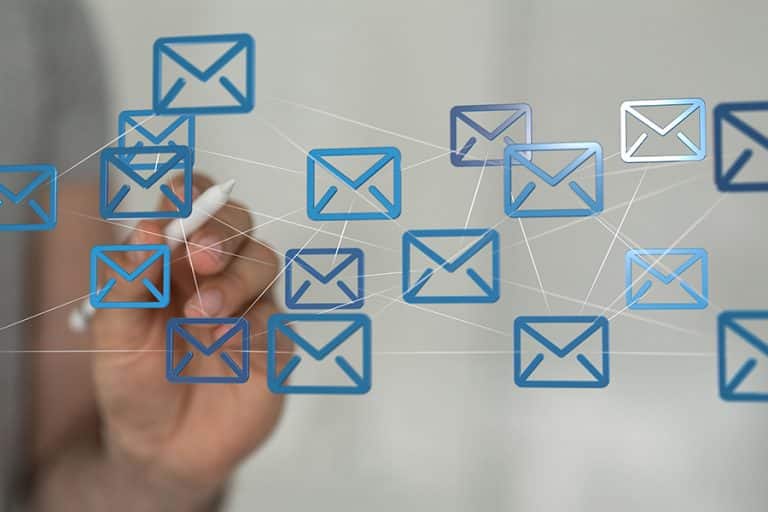
Vacature: Lid DDMA Commissie E-mail (op vrijwilligersbasis)
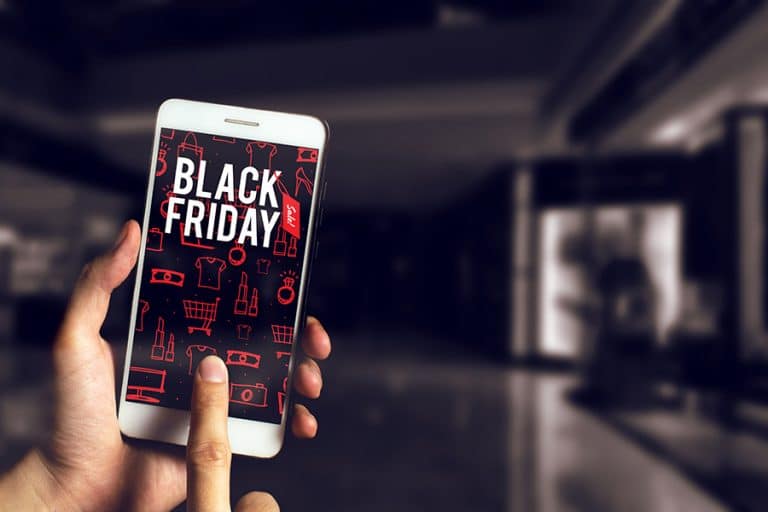
Drukte in de inbox: 7 lessen voor piekmomenten in e-mailmarketing
